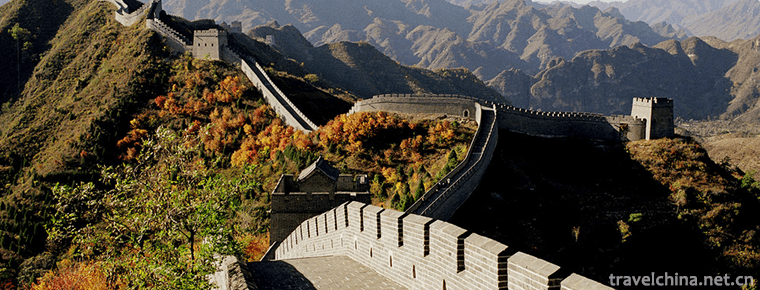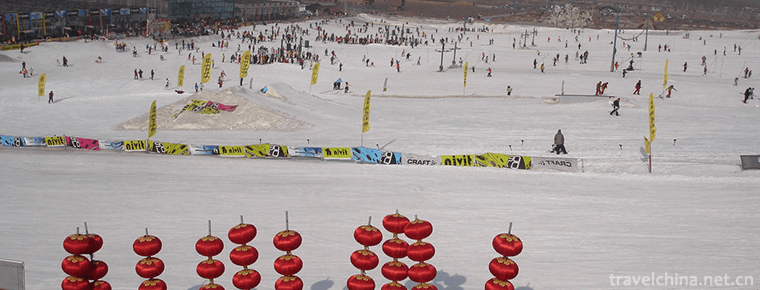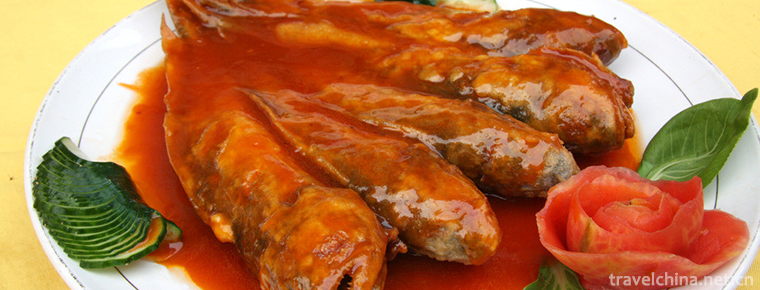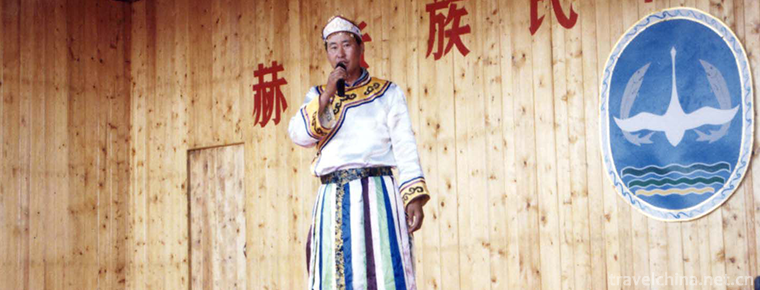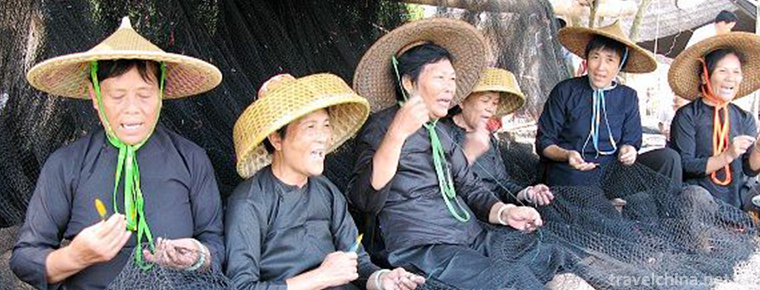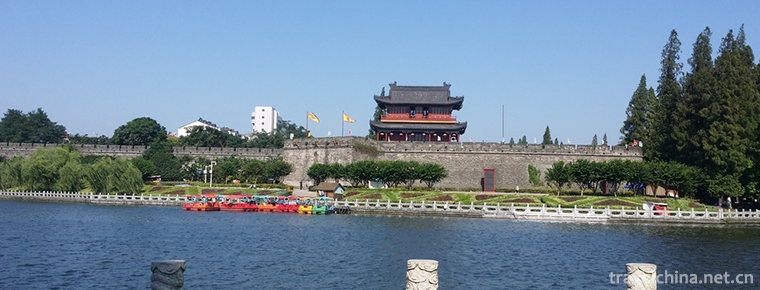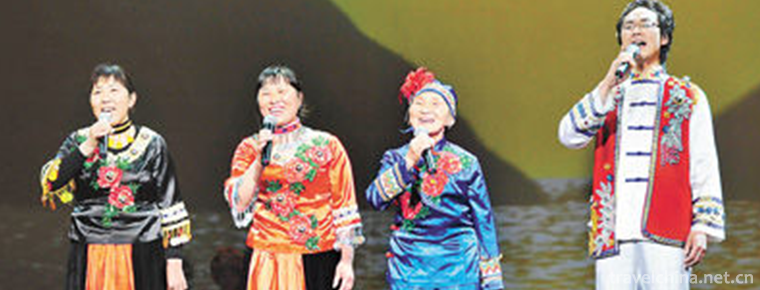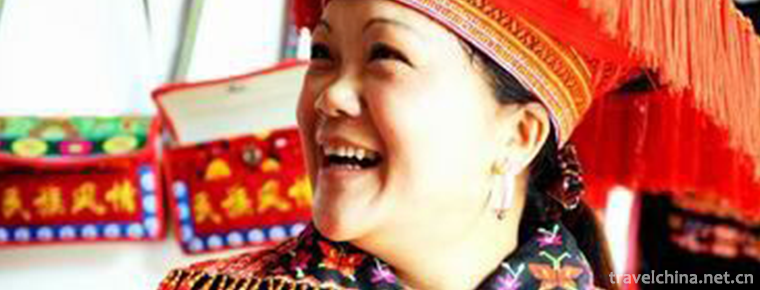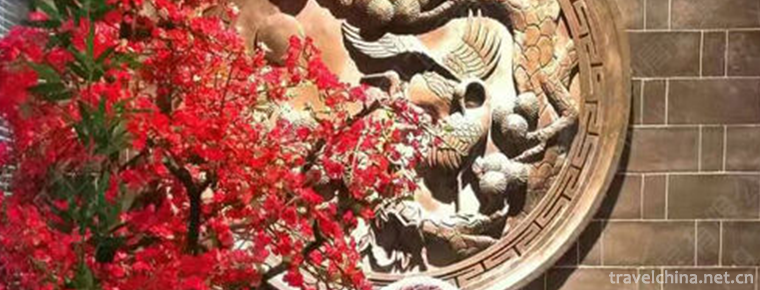Diexi earthquake site
Diexi earthquake site
Diexi earthquake site is located 2.5 km southeast of Jiaochang Township, Maoxian County, on the second grade platform on the East Bank of Minjiang River
According to the literature, Diexi was Canling County in Han Dynasty, Jizhou County in early Tang Dynasty, Qianhu office in Diexi County in Ming Dynasty, changed to Wei in Qing Dynasty, and was subordinate to Mao County in the Republic of China. Diexi city was built in Zhenguan. In the 11th year of Hongwu reign of the Ming Dynasty, Ding Yu, the official of the imperial envoy, asked Tong Shengfu to build the city. It's one foot high, three hundred feet around, and four doors. It was rebuilt in Chenghua Diexi city is the important military town as well as the distribution center of shangliu. On August 25, 1933, a strong earthquake of magnitude 7.5 occurred here. The mountains and the earth cracked, the platform subsided, and the ancient city sank, killing more than 3000 soldiers and civilians in the city. After the earthquake, only one corner of the East Gate urn city was left in the ancient city, and a section of stone lion, stone rolling, stone stele and stone jar were found in the south wall. The site is still well preserved and has become the only well preserved ancient ruins destroyed by earthquake in the world. It is an important site for the International Seismological community to study earthquakes. State level cultural relics protection units.

Diexi earthquake site
-
stired egg and tomato
Scrambled eggs with tomatoes, also known as tomato scrambled eggs, is a common popular dish among many people's families. The cooking method is simple and easy to learn, and the nutrition is reasonabl
Views: 223 Time 2018-10-27 -
Huang Yaguan the Great Wall
The Great Wall of Huangyaguan lies in the mountains 28 kilometers north of Jizhou District. Historically, there were 18 garrison piers and abutments in Jizhou City. Huangyaguan Pass
Views: 71 Time 2019-01-19 -
Lianhuashan Ski Resort
Located in Zhangzhen, Shunyi District, Beijing, Lianhuashan Skiing Ground covers an area of more than 1 million square meters and was opened on December 19, 2003.
Views: 213 Time 2019-01-29 -
Boiled yellow croaker
Boiled yellow croaker is a traditional dish with Shandong characteristics. It belongs to Shandong cuisine. Its main ingredient is yellow croaker. It is a dish with soft meat, rotten but not spoiled, a
Views: 209 Time 2019-03-24 -
Imakan of Hezhe Nationality
Imakan is a unique rap art of the Hezhe people in Northeast China. Its performance form is a combination of one person's rap and singing. It has no accompaniment with musical instruments and uses the
Views: 207 Time 2019-05-03 -
Old soup essence formula
The formulation of Royal Food Old Tangjing includes the formulation and production technology of Old Tangjing, which is a valuable cultural treasure in the history of condiment development in China. T
Views: 139 Time 2019-05-11 -
Lingao Fishing Song
Lingao Fishing Song is a kind of Han folk song which is popular among fishermen in Lingao County, Hainan Province. Because of its use of the lining "Li Li Mei" and related legends, it is als
Views: 285 Time 2019-05-13 -
Legend of the Three Kingdoms
The legend of the Three Kingdoms is a kind of folk literature which was approved by the State Council and listed in the fourth batch of national intangible cultural heritage list in 2014.
Views: 225 Time 2019-06-12 -
Xingshan Folk Song
On May 20, 2006, Xingshan Folk Song was approved by the State Council to be included in the first batch of national intangible cultural heritage list.
Views: 170 Time 2019-07-08 -
Yao Costume
Yao people used to call themselves "Guoshan Yao", "Hongtou Yao", "Dabanyao", "Pingtouyao", "Blue Indigo Yao", "Shayao" and "Baitou Yao&
Views: 306 Time 2019-07-11 -
Brick carving
Brick carving refers to the carving of landscape, flowers, figures and other patterns on green bricks. It is an important art form in ancient architectural carving. The production technology and core
Views: 255 Time 2019-08-10 -
Schools of Chinese embroidery
Suzhou embroidery has a history of more than 2600 years. It has a considerable scale in the Song Dynasty. In Suzhou, there are xiuyifang, xiuhuanong, gunxiufang and xiuxianxiang. Suzhou embroidery in Ming Dynasty has gradually formed its own unique
Views: 317 Time 2020-12-12

